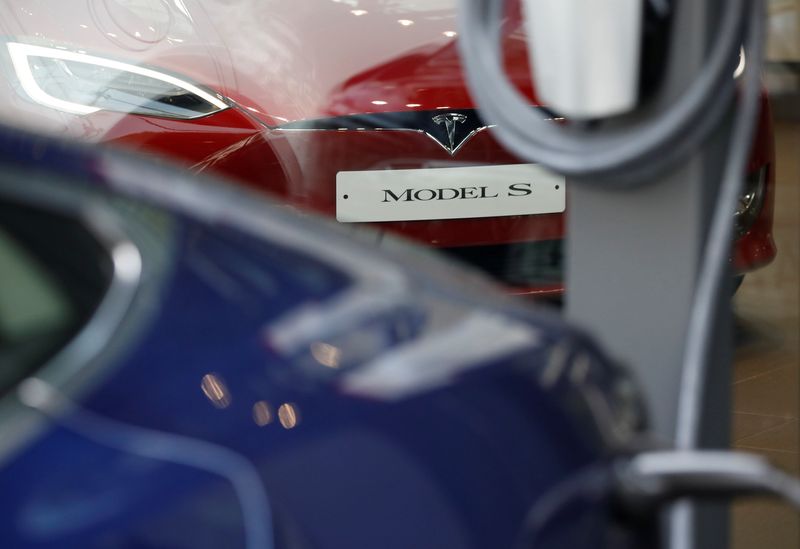By David Shepardson and Hyunjoo Jin
WASHINGTON (Reuters) - A U.S. safety board said Wednesday found no evidence a Tesla (NASDAQ:TSLA) Model S was operating on Autopilot during an April 2021 fatal crash, saying the probable cause was the driver's speeding, alcohol impairment and failure to control the vehicle.
Shortly after the accident in Spring, Texas, local police said they believed the crash occurred with no one in the driver's seat, raising questions about Tesla's driver-assistance systems and prompting widespread media coverage.
On Wednesday, the U.S. National Transportation Safety Board (NTSB) said a review of the data showed "no use of the Autopilot system at any time during this ownership period of the vehicle, including the time frame up to the last transmitted timestamp on
April 17, 2021." It cited other evidence that suggested another advanced driver assistance system was not in use.
Tesla did not immediately comment.
The NTSB cited the driver's impairment from alcohol intoxication in combination with the effects of two sedating antihistamines.
The NTSB said "the available evidence suggests that the driver was seated in the driver’s seat at the time of the crash and moved into the rear seat" and added "it was not possible to determine whether the doors were manually operational following the power loss."
In October 2021, the NTSB said both the driver and passenger seats were occupied during the crash. The NTSB said "footage from the owner’s home security camera shows the owner entering the car’s driver’s seat and the passenger entering the front passenger seat."
The crash killed the 59-year-old owner, William Varner, an anesthesiologist, and the passenger, aged 69, a short distance from Varner's home.
The Tesla traveled 550 feet (167.64 m) before departing the road on a curve, driving over the curb, and hitting a drainage culvert, a raised manhole, and a tree and catching fire, the NTSB said.
In the crash, Varner accelerated to 67 mph on a residential street with a 30-mile per hour speed limit. NTSB said testing confirmed "Autopilot feature could not have been engaged on the roadway where the crash occurred, due to the lack of lane markings."

NTSB said Tesla's assistance system Traffic Aware Cruise Control (TACC) was capable of being engaged but the "maximum speed possible on this roadway was approximately 30 mph.... This evidence indicated that TACC was not engaged during the crash trip."
The NTSB makes safety recommendations. The National Highway Traffic Safety Administration, which regulates vehicle safety and is also investigating the incident, did not immediately comment.